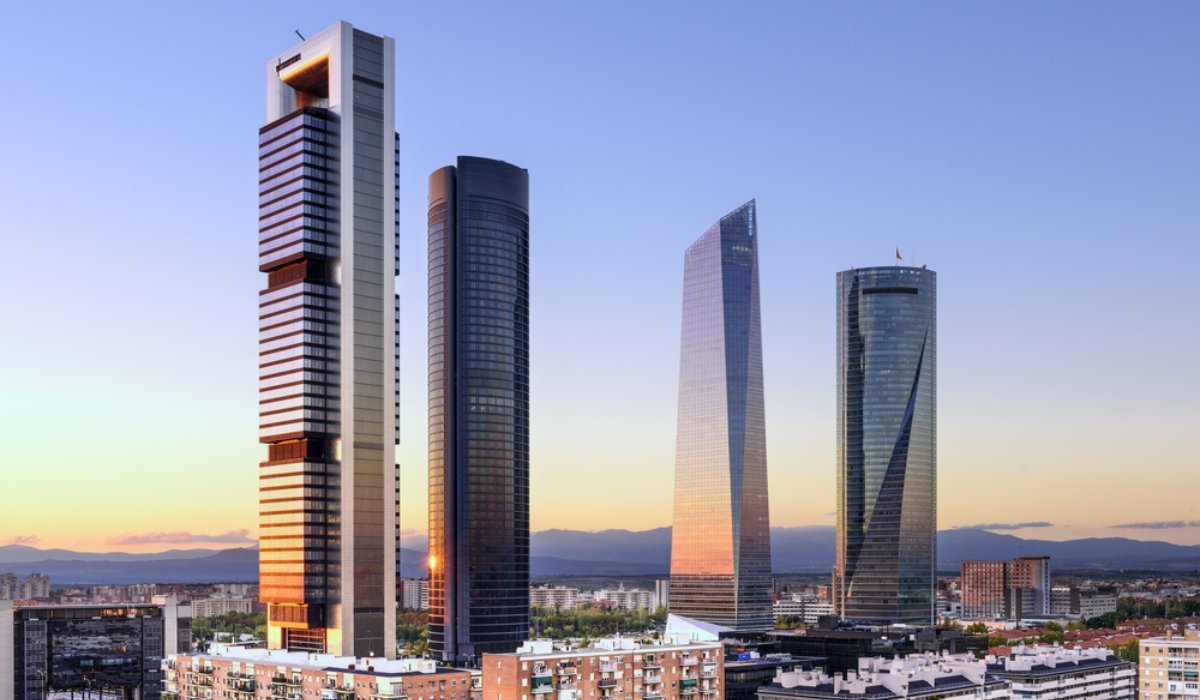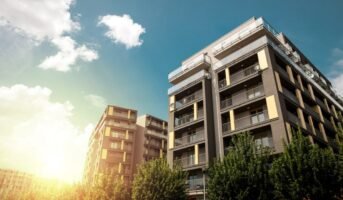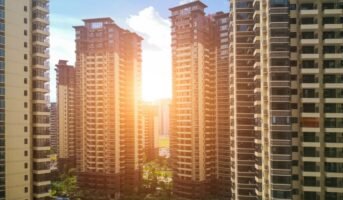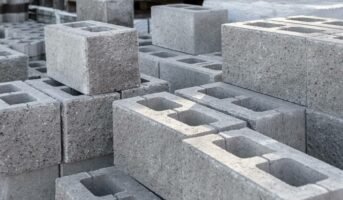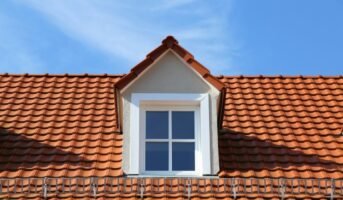The population is growing rapidly, but the quantity of land is not growing alongside. The only way to relocate everyone under a safe roof is by building high-rise buildings. Right now, in India, as well as in many countries, high-rise buildings are being developed to get rid of the residential crisis as well as business purposes.
Building highrises have a few benefits as well as a few drawbacks too. High-rise buildings are quite popular among young generation working professionals. Privacy concerns of the higher floors are lucrative too. Apart from these, less pollution is another most demanding benefit of highrises. Know more in this article.
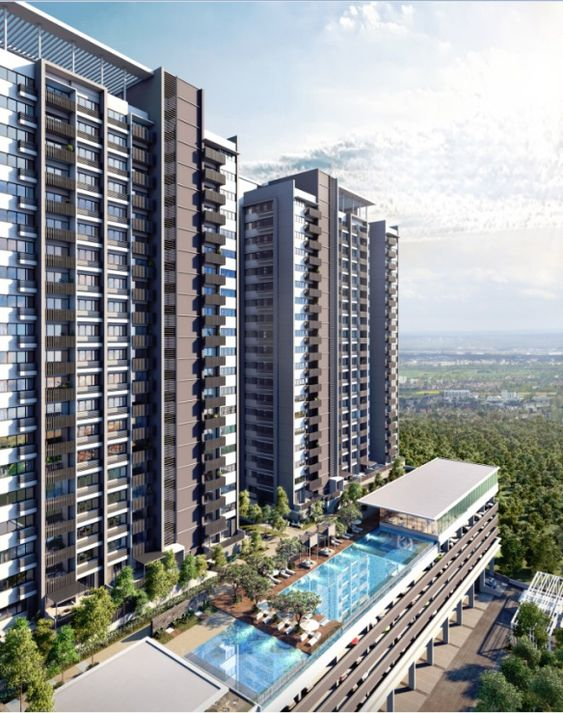
Source: Pinterest
See also: Types of buildings you must know
What is a high-rise building?
According to the real estate term, any architectural structure which is taller than 75 feet is called a highrise. Usually, a building that has more than four floors, should include two elevators. In the same way, a building with more than seven stories must have a good fire suppression system. Nowadays, an influx of people moving to metro cities for good career options results in a huge demand for high-rise buildings. In this way, a lot of people can easily relocate to the city for a better lifestyle.
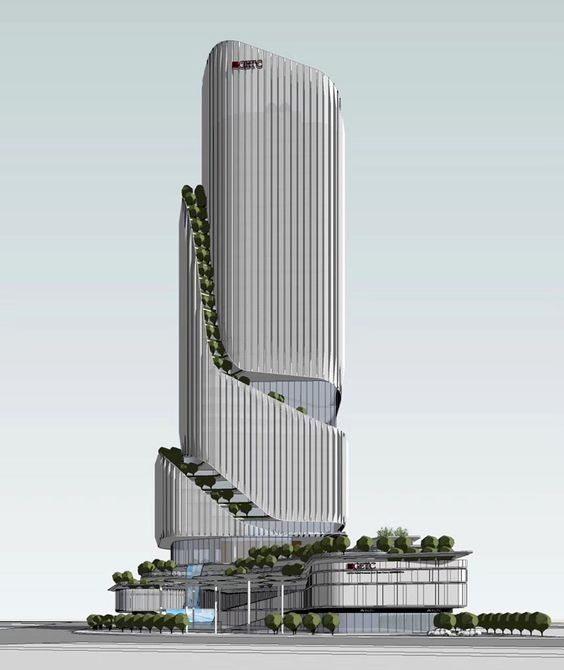
Source: Pinterest
High-rise building: Pros and Cons
High-rise buildings can be lucrative as well as risky at the same time, depending on the benefits and drawbacks of the building. Here you can find the pros and cons of a high-rise building.
High-rise buildings: Benefits
-
- A high-rise building can provide you with the best place for a noise-free environment. Good quality air, proper ventilation, etc., are the major benefits of a high-rise building.
- The serene beauty of the highrise building is mind-blowing.
- The higher the floor, the better level of privacy is present.
- High-rise buildings usually have a good security system that prevents intruders.
- Good systems for elevators are present in high-rise buildings.
High-rise buildings: Drawbacks
- In case of any emergency like fire or earthquake, it can be tough to evacuate easily.
- High-rise buildings are quite pricey compared to other constructions.
- Maintenance of the exterior is challenging and costly.
- High-rise buildings are prone to damage, especially at the time of an earthquake.
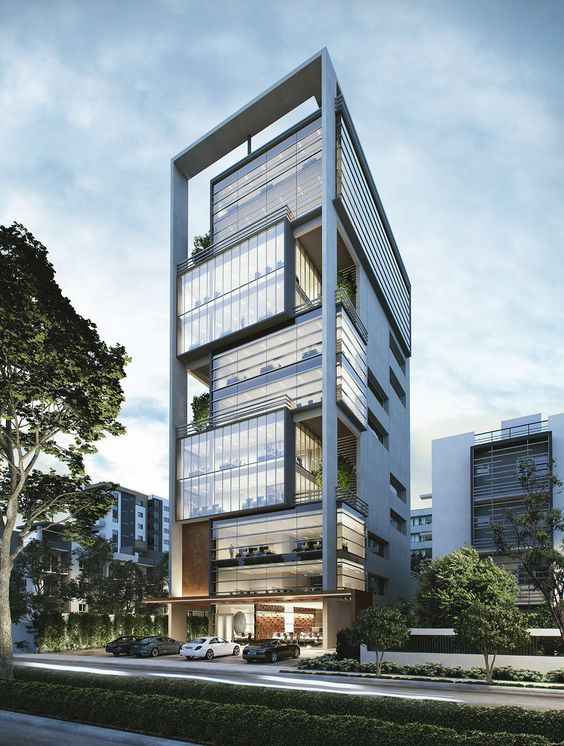
Source: Pinterest
Things to consider before investing in a high-rise building
If you are a homebuyer, it is not possible to check all the details on your own when the building is built by a real estate company. But you can directly check for a few things as your own rights.
Exposure to natural elements
Living on a higher floor offers advantages like increased natural light and better ventilation. However, it also means heightened exposure to the elements. In scorching summers, the excess sunlight can turn your home into an oven, while chilly winters bring cold drafts that may require additional heating. During monsoons, the risk of internal damage and seepage rises, especially if the building lacks proper waterproofing and insulation.
Increased electricity usage
The comfort of an upper-floor dwelling often comes at the cost of higher electricity bills. To combat the summer heat or winter chill, you’ll find yourself relying more on air conditioning and heating systems than your counterparts on lower floors. As a result, your monthly electricity expenses can significantly surpass those of residents on the ground or first floor.
Accessibility
Accessibility is another factor to consider. Lower-floor residents enjoy the convenience of immediate access without having to wait for elevators. This can be particularly advantageous during power outages, which are not uncommon in many Indian cities. On the contrary, reaching your apartment on the upper floors can be more time-consuming and physically demanding.
Resale value
When thinking about long-term investments, it’s crucial to note that upper-floor properties may not retain the same resale value as their lower-floor counterparts. Families and senior citizens, who often prefer ease of access, might not show strong interest in upper-floor units. This lower demand can make selling your property more challenging, potentially leading to a longer waiting period before finding a buyer.
Rental prospects
Rental preferences vary not only by floor but also by city. Upper-floor apartments tend to attract single working professionals, couples, and students who appreciate the view and relative solitude. However, the popularity of your rental property can be influenced by regional factors. For instance, in flood-prone cities like Mumbai and Chennai, higher-floor apartments may be in greater demand due to their safety from flooding, while in the National Capital Region (NCR), lower-floor units might be preferred.
Maintenance
Lastly, maintenance is a critical consideration. Upper-floor residents may face higher maintenance costs, especially when it comes to external wall repairs. The elevated position increases the complexity and risk involved in any maintenance work, potentially leading to substantial expenses for homeowners. Ensuring the structural integrity of your property is essential to mitigate these risks.
High-rise building: Maintenance
High-rise buildings demand better quality maintenance compared to any normal taller building.
- You should regularly inspect all walls, doors, windows, etc. Any small crack should not be missed. You can take the help of a professional building investigator. Apart from architectural issues, you should have an eye on the fire suppression system, ventilation, and heating system of the building.
- A high-rise building should have a good quality heat-resistant system so that it can have good protection against heat and cold.
- A rainwater diversion system is another important factor of a high-rise building, especially if the building is situated in a location with heavy rainfall.
- All transportation systems, like escalators, elevators, etc., inside the highrise building, should be in a working state.
- Smoke detectors and fire alarms should be always proactive to detect a small range of potential fires.
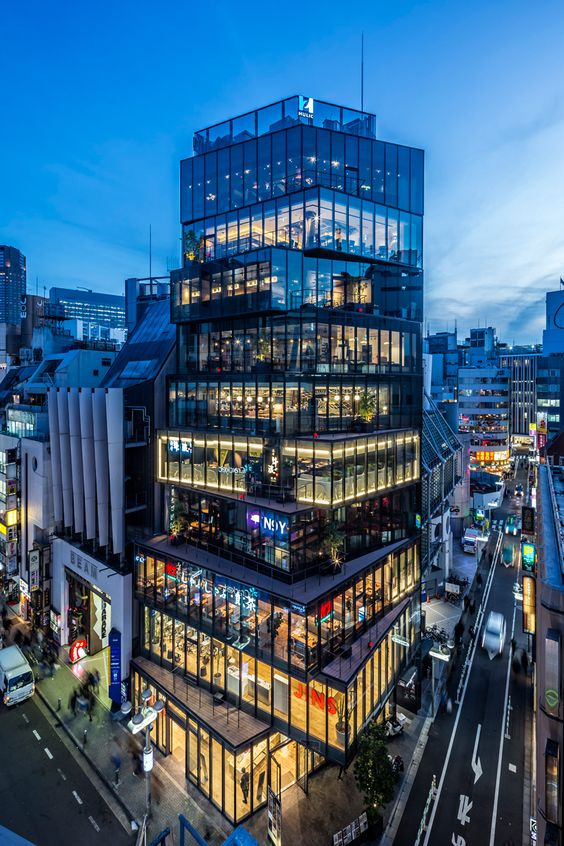
Source: Pinterest
FAQs
What are the advantages of high-rise buildings?
The main advantages of high-rise buildings are less pollution, marvellous views, great ventilation, more natural light, etc.
What are the major drawbacks of highrise buildings?
The major issues of highrise buildings are the risk of isolation, concern for disabled members, higher costs, etc.
| Got any questions or point of view on our article? We would love to hear from you.
Write to our Editor-in-Chief Jhumur Ghosh at [email protected] |
Housing News Desk is the news desk of leading online real estate portal, Housing.com. Housing News Desk focuses on a variety of topics such as real estate laws, taxes, current news, property trends, home loans, rentals, décor, green homes, home improvement, etc. The main objective of the news desk, is to cover the real estate sector from the perspective of providing information that is useful to the end-user.
Facebook: https://www.facebook.com/housing.com/
Twitter: https://twitter.com/Housing
Email: [email protected]
